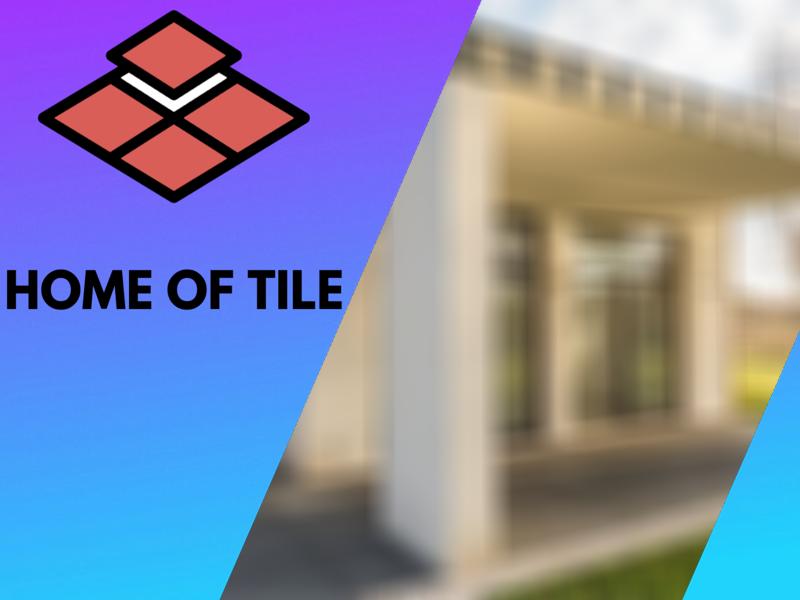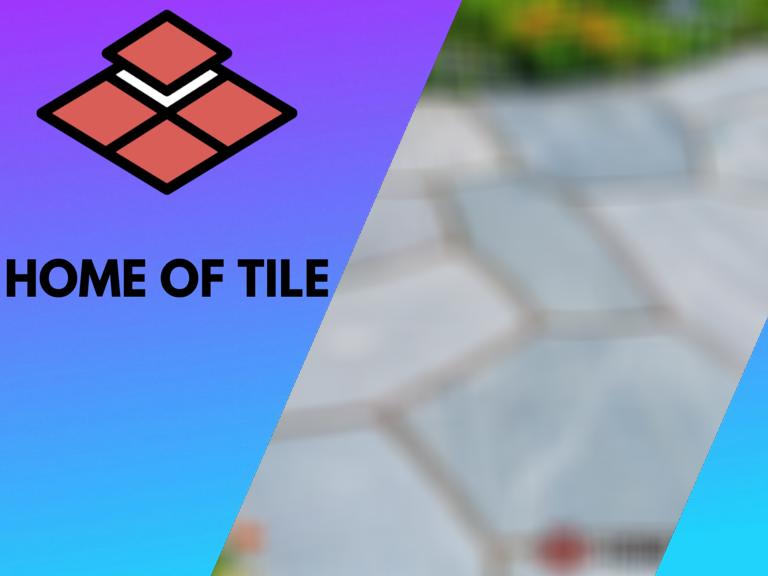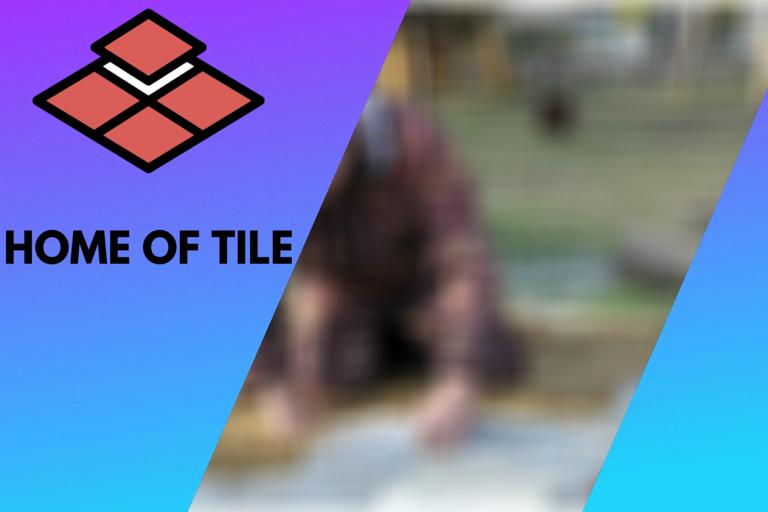Terrace Outdoor Tiles. 13 things you should know
A terrace garden is a great way to enjoy your outdoor space while adding a touch of beauty and functionality to your home. Many different tiles can be used to create a terrace garden, so choosing the right ones for your needs is important. Here are a few tips to help you get started:
- Location: First, decide where you want to put your terrace garden. It’s a good idea to choose a spot that gets plenty of sunlight close to your home so you can easily access it.
- Type of tiles: Next, choose the type of tiles you want to use. There are many different options available, so you can find ones that fit your style and budget. Be sure to choose weather-resistant tiles that will last for many years.
- Assembly: Once you’ve chosen your tiles, it’s time to start assembling your terrace garden. Start by creating a foundation for your tiles by laying down a layer of gravel or sand. Then, place the tiles in the desired pattern and secure them with cement or adhesive.
- Add plants and accessories: Finally, add plants and accessories to your terrace garden and enjoy!

Contents
Terrace Outdoor Tiles
Looking to add a touch of greenery to your home without sacrificing any space? Why not try a terrace garden? You can create a beautiful and functional garden on your patio or balcony using terrace outdoor tiles.
Terrace outdoor tiles are a great way to add color and life to your outdoor space, and they’re also a great way to improve your home’s curb appeal.
● Terrace Outdoor Tiles: Installation Tips
Installing terrace outdoor tiles is a great way to add life to an outdoor space. By following a few simple tips, you can ensure a quick, easy and successful installation. We assume that the tiles are added to a concrete floor:
- Measure the area: Start by measuring the area to be tiled and ordering the correct amount of tiles. It’s good to order a few extra tiles in case of mistakes or damage.
- Prepare the surface: Next, prepare the surface by removing any debris or weeds that can be seen growing in cracks. If the surface is uneven, use a leveler to even it out.
- Let the surface dry: If the surface is wet or damp, allow it to dry completely before beginning the installation.
- Adhesive: Apply a layer of adhesive to the surface using a trowel. Be sure to spread the adhesive evenly.
- Lay the tiles: Place the tiles in the desired location and press down firmly to ensure a good bond.
- Let it dry: Allow the adhesive to dry completely before walking on the tiles.
It is possible to lay tile directly on the soil. But laying tile on a concrete floor is recommended. In the case of tiles on the soil, you need to ensure that the surface is level. Add an additional layer of sand, and compact it. Then lay the file on the soil, without using adhesive.
● Terrace Outdoor Tiles: Care And Maintenance
You know that the tiles need special care and maintenance if you have a terrace garden. Here are some tips to help you keep your tiles looking great:
- Cleaning: Clean the tiles with a mild detergent and a brush, using warm water.
- Rinse: Rinse the tiles thoroughly with clean water.
- Let them dry: Allow the tiles to dry completely before using them.
- Commercial cleaner or bleach solution: If the tiles are stained or dirty, use a commercial tile cleaner or a diluted bleach solution to clean them. Mix 1 cup of chlorine bleach with 5 gallons of warm water to create an effective diluted bleach solution. Use a brush to scrub the tiles, and be sure to rinse them well afterward.
- No harsh chemicals: Be careful not to use harsh chemicals or abrasive cleaners, as they can damage the tiles.
- Weather: Where possible, protect the tiles from harsh weather conditions, such as extreme cold or heat.
- Damage: If the tiles are damaged, replace them with new tiles.
● Terrace Outdoor Tiles: Benefits
There are many reasons why garden terrace tiles are a popular choice for homeowners. Some of the benefits of using terrace tiles for your garden include:
- Level surface: They are a great way to create a level surface for your garden. This is especially useful if you have a slope in your garden, as it can help to make it more usable.
- Easy to install: They are relatively easy to install and can be done by most people without too much difficulty.
- Get extra seating space: They are a great way to add extra seating space to your garden. This is especially useful if you have a small garden, as it can help to make the space feel more spacious.
- Protect the garden: Tiles with bricks are a great way to add extra protection to your garden. If you have a deck or patio in your garden, terrace tiles can help to protect it from the elements.
- Extra color: They are a great way to add some extra style to your garden. Terrace tiles come in different colors and styles, so you can find the perfect ones to match your garden.
Which Tiles Are Best For Terrace?
If you are considering installing tiles on your terrace, it is important to consider the climate in your area. If you live in a climate that is hot and sunny, you will need tiles that are resistant to fading and staining. If you live in a climate that is rainy or cold, you will need tiles that are durable and can withstand wear and tear.
Many types of tiles can be used for a terrace. The best option for your specific situation will depend on several. Here are some of the most popular types of tiles for terraces:
● Natural Stone Tiles:
If you’re looking to give your terrace a touch of luxury, natural stone tiles might be the perfect option. These tiles are made from natural materials like granite, marble, or limestone and can give your terrace a sophisticated, elegant look. However, they can be quite expensive and require regular maintenance to keep them looking their best.
One of the benefits of natural stone tiles is that they come in several natural colors and styles to find the perfect option for your space. They also add value to your home, so you can expect to get a good return on your investment if you ever decide to sell.
However, natural stone tiles also require some upkeep. You’ll need to seal them every few years to protect them from stains and water damage, and you’ll also need to clean them regularly to keep them looking their best.
If you’re willing to put in the extra work, natural stone tiles can be a great way to add some luxury to your terrace.
● Concrete Tiles:
Concrete tiles are a great option for flooring because they are durable and long-lasting. They are also relatively affordable and can be stained or painted to match any color scheme. Concrete tiles can be used in indoor and outdoor settings and are a great option for residential and commercial applications.
● Porcelain Tiles:
Porcelain tiles are made from a type of ceramic known as porcelain. This material is both durable and stylish, making porcelain tiles a popular choice for modern terraces and other outdoor areas.
Porcelain tiles come in many different colors and styles, making it easy to find the perfect option for your terrace. They are also a great choice for high-traffic areas, as they are durable and tough.
What Is The Best Flooring For Terrace?
You’ll want to take a few things into account when choosing flooring for your terrace. The most important factor, of course, is how well the material will hold up to outdoor conditions. You’ll also need to consider your budget and the style and color of the flooring.
One of the best materials for outdoor flooring is concrete. It’s durable and weatherproof, and it can be stained or painted to match your décor. If you’re looking for something a little more decorative, you could try using tiles or pavers. Just make sure the material you choose is weatherproof and resistant to fading.
Another option is to use artificial turf. This is a great option if you want a low-maintenance flooring solution. It’s also a good choice if you have pets or small children, as it’s soft and safe to walk on.
Whatever material you choose, read the manufacturer’s instructions carefully to ensure that it’s suitable for outdoor use.
● Concrete Flooring:
Concrete is a durable and relatively affordable option for flooring, but not everybody likes it. Concrete is made from cement, aggregate, and water. The cement and aggregate are mixed together to create a thick slurry, which is then poured into a form and allowed to cure.
Concrete can be stained, polished, or sealed to give it a more finished look. If you prefer a certain uniform color, you can add concrete color powder or concrete pigment powder.
One downside to concrete is that it can be quite cold. It can also be difficult to maintain, as it can be stained or scratched quite easily. It needs to be regularly cleaned and polished to keep it looking at its best.
● Tile:
Tile is a popular option for flooring in residential and commercial properties because it is durable, easy to clean, and comes in various colors and styles. It is water-resistant, but tile can be expensive, so it is important to factor that into your budget when considering this option.
● Wood:
Wood is a popular flooring option, as it is natural, warm, and can be relatively affordable. However, wood is also susceptible to moisture and insect damage, so it is important to take precautions to protect your flooring.
Depending on how you lay the wood, you can protect it by installing a moisture barrier, such as a layer of vinyl or linoleum, between the wood and the floor underneath.
If you plan to lay it directly on the soil, I recommend raising it slightly. That way, you have a gap between the soil and the floor. This will help keep the wood from absorbing too much moisture and make it more resistant to insect damage.
I always recommend using a wood sealant to help protect your flooring from moisture and insects.







